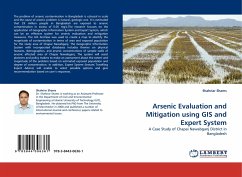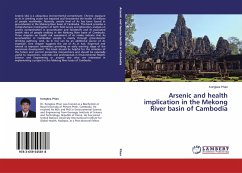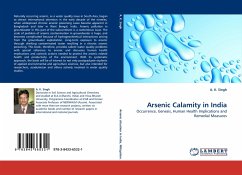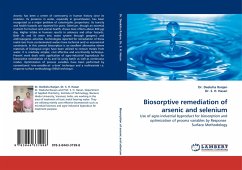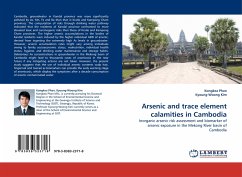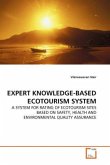The problem of arsenic contamination in Bangladesh is colossal in scale and the cause of arsenic problem is natural, geologic one. It is estimated that 29 million people in Bangladesh are exposed to arsenic contamination in excess of 0.05 mg/L.The research focuses on the application of Geographic Information System and Expert System, which can be an effective system for arsenic evaluation and mitigation measures. The GIS ArcView was used to create a map to identify the magnitude of contamination in terms of area and exposed population for the study area of Chapai Nawabganj. The Geographic Information System with incorporated databases includes themes on physical features, demographics, and arsenic concentrations of sample wells of arsenic affected area of Chapai Nawabganj. The system will assist planners and policy makers to make an assessment about the extent and magnitude of the problem based on estimated exposed population and degree of contamination. In addition, Expert System (Instant Travelling Expert Advice) will enable to select possible options and give recommendation based on user's responses.

